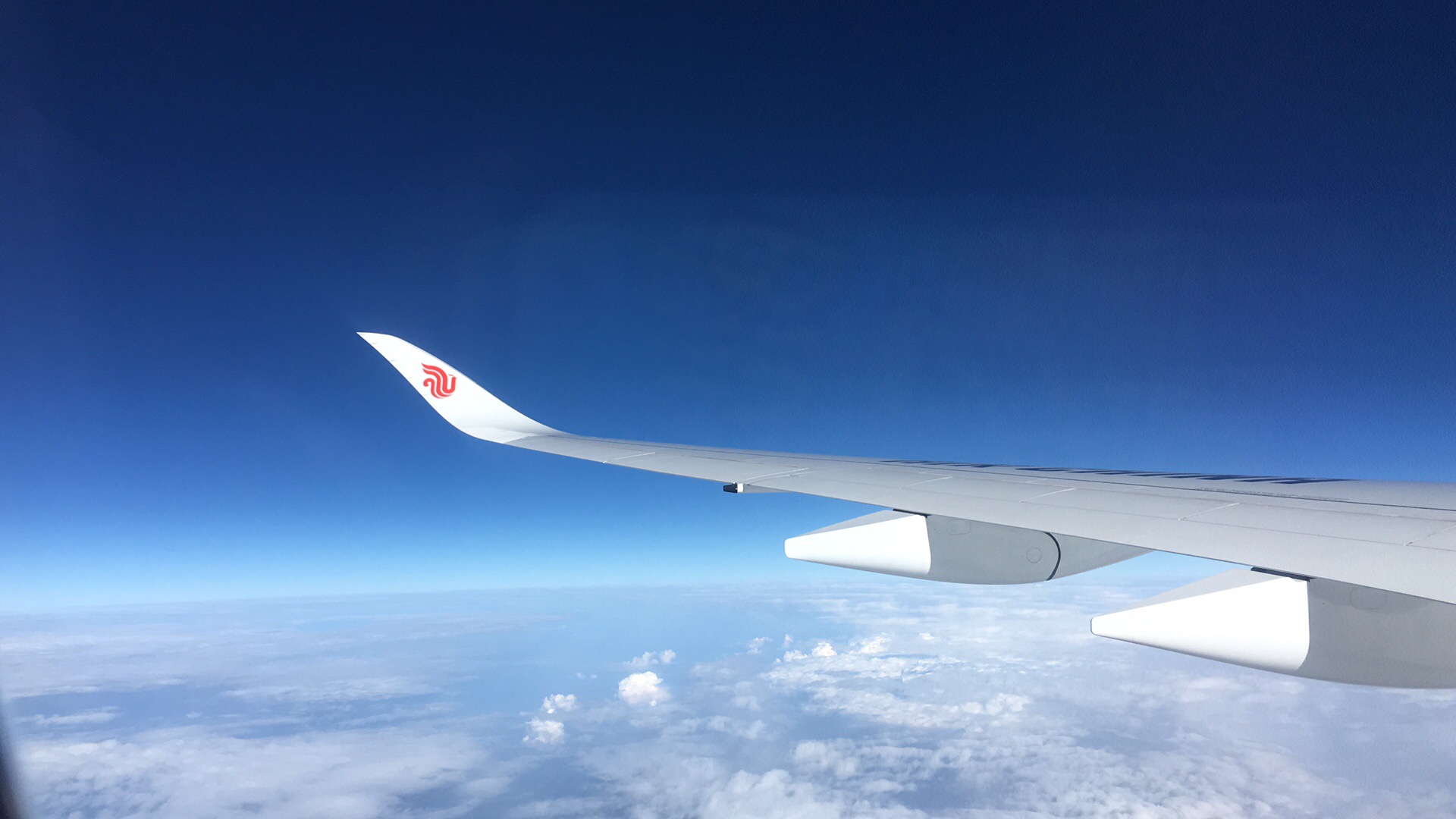On the morning of the 17th, the A-share aviation sector continued its strong trend, with Hangfa Technology and Longxi Shares hitting the daily limit up, and Hangya Technology rising more than 10%. The industry chain heat continued to rise. Behind this market trend, the research report recently released by Tianfeng Securities has become a key catalytic factor. The research report points out that China’s commercial aircraft (COMAC) and commercial engine (COMAC) industries are ushering in historic development opportunities. According to estimates, the demand for new commercial engines in the domestic market may exceed 600 billion US dollars from 2023 to 2042, with an average annual market size of over 200 billion yuan.
This prediction is closely related to the production capacity ramp up and supply chain localization process of domestically produced large aircraft C919 and C929. It is worth noting that in addition to traditional aviation manufacturing enterprises, suppliers of materials such as titanium, aluminum, and copper in the non-ferrous metal sector are also showing an active trend. The independent and controllable acceleration of the commercial aviation industry chain, coupled with the catalysis of low altitude economic policies, is reshaping the strategic value of key upstream metal materials in the market.
Titanium alloy: the backbone of domestic large aircraft
As a lightweight core material for aviation equipment, titanium alloy accounts for 9.3% of the C919 body structure, significantly higher than that of Boeing 737. With the accelerated expansion of domestic large aircraft production capacity, the demand for titanium materials with a single unit capacity of about 3.92 tons will give rise to a huge incremental market. Baotai Co., Ltd., as a core supplier of titanium materials, has been deeply involved in the production of key components such as fuselage frames and engine ring forgings. The 3D printing titanium alloy component technology developed by Western Superconductor can significantly reduce the weight of structures and is gradually being applied to the manufacturing of new generation unmanned aerial vehicles and eVTOL (electric vertical takeoff and landing vehicles).
Aluminum alloy: a lightweight engine for low altitude economy
In the field of low altitude economy, aluminum alloy occupies half of the aircraft structural materials. High strength aluminum alloy accounts for over 60% of the fuselage and wing components provided by AVIC Xifei for the C919. The aviation grade aluminum alloy sheet developed by Nanshan Aluminum Industry has been certified by COMAC and applied to the C919 fuselage skin, significantly higher than traditional industrial aluminum profiles. According to estimates, the annual demand for aluminum in China’s low altitude equipment is expected to exceed 500000 tons by 2030, with eVTOL all aluminum fuselage frames and lightweight battery cases becoming the main growth points.
Copper zinc synergy: dual guarantee of electrical and anti-corrosion
The hidden value of copper in aviation electrical systems continues to be released. In the connector products of AVIC Optoelectronics, high-purity copper accounts for 70%, and the newly built production line at its Lingang base will meet the demand for aviation grade copper alloys with an annual output value of 3 billion yuan. Zinc based alloys demonstrate cost-effectiveness advantages in aircraft anti-corrosion and component manufacturing. Hongdu Airlines uses hot-dip galvanizing technology to treat landing gear components, which increases the anti-corrosion life by more than three times and reduces costs by 40% compared to imported solutions. The localization plan for zinc aluminum alloy aviation materials developed by Runbei Hangke has passed the COMAC supply chain certification.
Risks and Opportunities: Challenges of Industrial Upgrading in the Materials Sector
Despite the vast market space, bottlenecks in high-end material technology still exist. Hangfa Technology’s high-temperature alloy yield rate in engine blade manufacturing is only 65%, which is lower than the international level. At the policy level, the Implementation Plan for Innovative Applications of General Aviation Equipment clearly proposes to achieve a localization rate of over 90% for aviation grade aluminum alloys and titanium alloys by 2026, which will provide a technological breakthrough window for enterprises such as Baotai Group and Western Superconductor. According to institutional calculations, the average annual compound growth rate of the aviation non-ferrous metal materials market in the next three years will reach 25%, and enterprises with full process technology breakthrough capabilities are expected to benefit from the domestic substitution dividend first.
Post time: Apr-22-2025

